Bringing a puppy home is a life-changing and slightly chaotic experience. They’re cute, curious, and ready to explore every inch of their new world—including a few places they probably shouldn’t. Here are some tried-and-true tips to help shape your puppy into a happy, well-behaved little buddy who won’t chew every shoe.
1. Stick to Simple Words

When it comes to commands, simpler is better. Choose a word like “sit” or “come” and stick with it. Mixing things up confuses them, so consistency helps them catch on quickly. Pick your words and roll with them; they’ll get the hang of it before you know it. Plus, it’s a lot easier for you, too.
2. Reward the Good Stuff (Skip the Scolding)
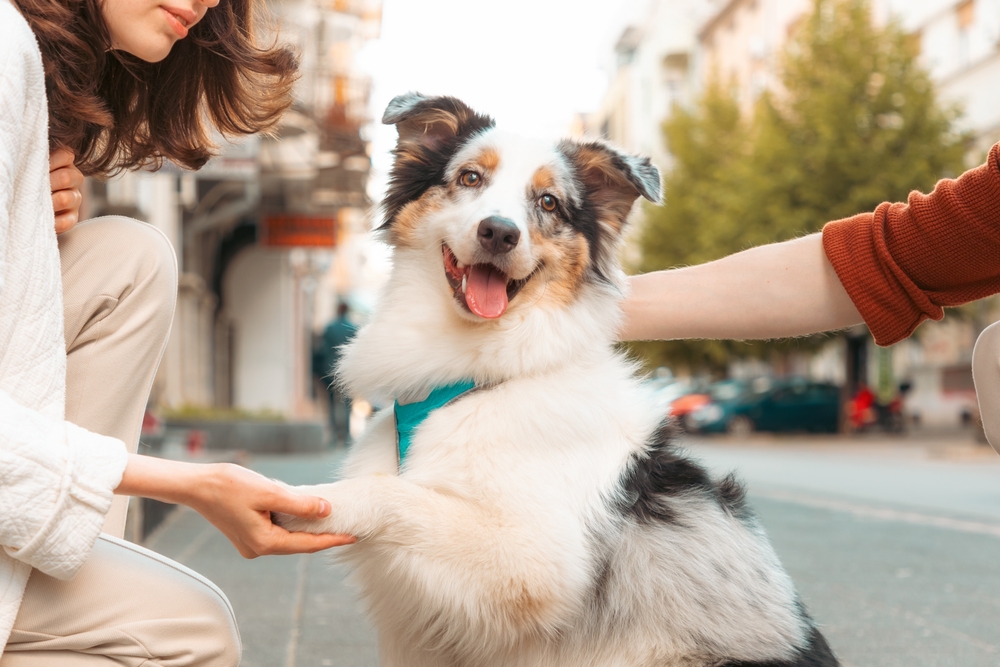
Puppies respond best to rewards, so focus on the good stuff. A treat, a belly rub, or even a “good dog!” goes a long way. Punishments, on the other hand, only stress them out and slow down your progress. The goal is to make good behavior feel like the best thing ever, which builds trust and keeps things positive for both of you.
3. Socialize Early, One Paw at a Time
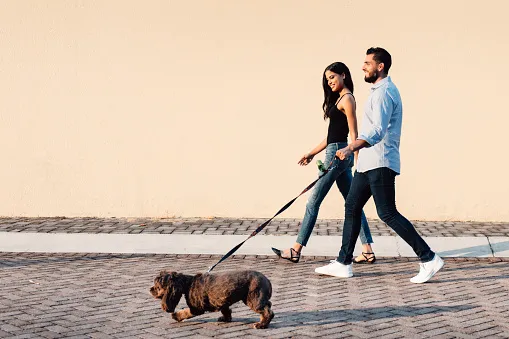
The world is a big, new place for a puppy, so give them time to get used to it. Introduce them to new people, other dogs, sounds, and places calmly and early. Socializing helps them feel safe and reduces fears down the road. Think short, happy trips and lots of praise—pretty soon, they’ll think they’re the mayor of the neighborhood.
4. Keep a Regular Feeding Schedule
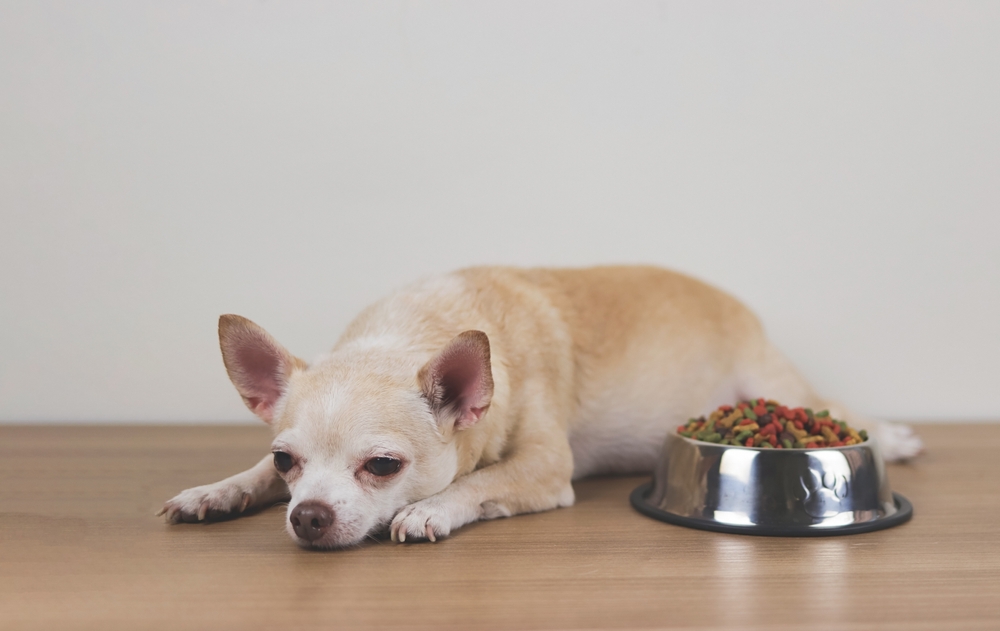
Setting a regular feeding time is one of the easiest ways to make your puppy’s life feel predictable. Regular meals mean regular potty times, which makes house training way easier. Plus, they learn that good things happen at certain times, which brings a sense of calm to their day. Structure for the win!
5. Make the Crate Cozy
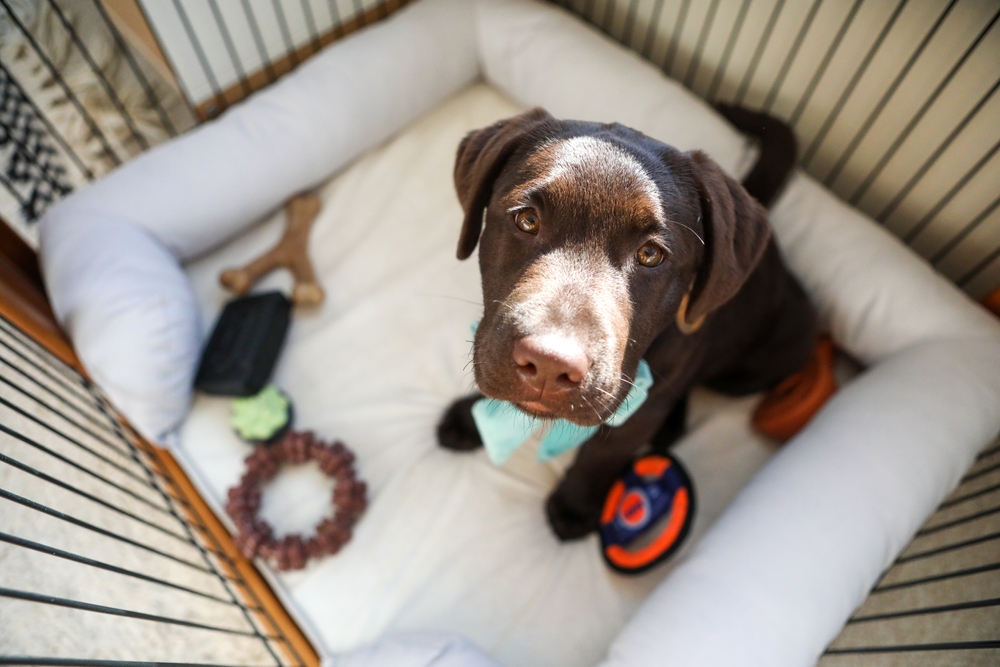
Crates can be intimidating at first, so take it slow. Leave the door open, toss some treats or toys, and let them explore independently. They’ll start feeling safe there once they see it as a cozy hangout spot. Crates can be a great tool for house training, giving them their little spot when they need a break.
6. Introduce One Command at a Time
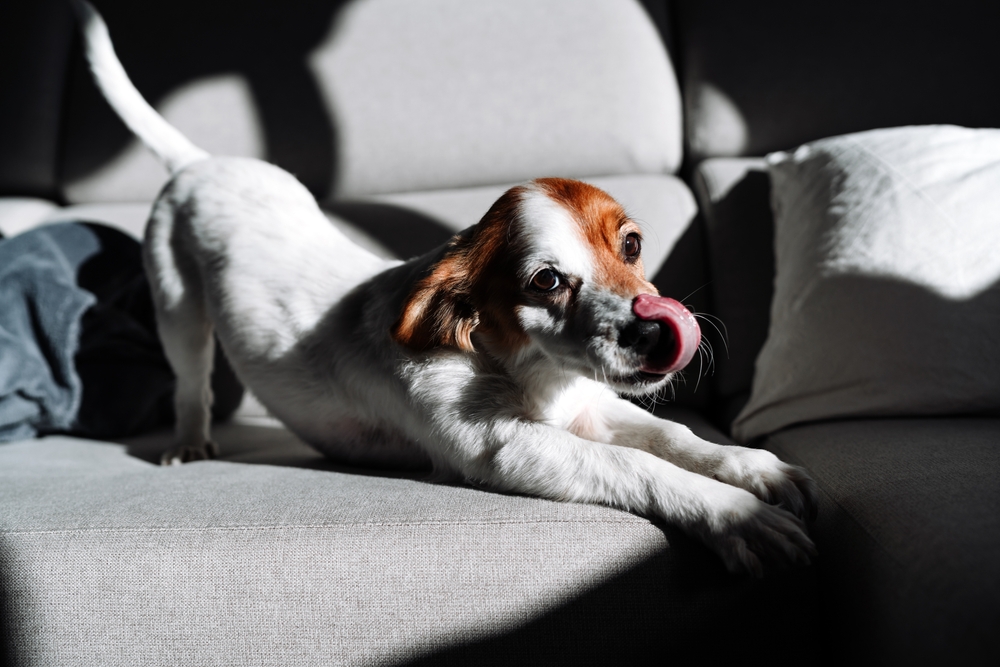
It’s easy to want to teach them everything at once, but puppies do better with a simple, step-by-step approach. Start with basics like “sit” and “stay.” When they’ve got one down, move to the next. This keeps things light and fun, so they don’t feel overwhelmed, and training becomes a happy part of their day.
7. Use Playtime to Teach
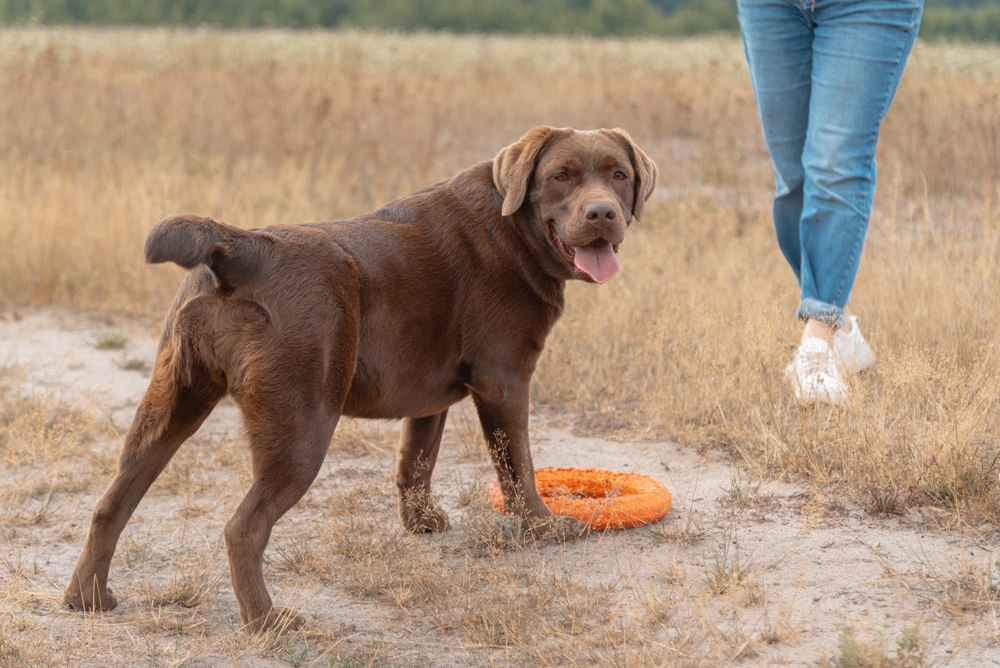
Play isn’t just fun—it’s also a perfect time for training. Games like fetch and tug-of-war can help reinforce commands like “drop it” or “come.” Play-based training feels natural for them, plus it’s a great way to burn off energy and bond with you at the same time; it’s a win-win.
8. Keep Training Short and Fun
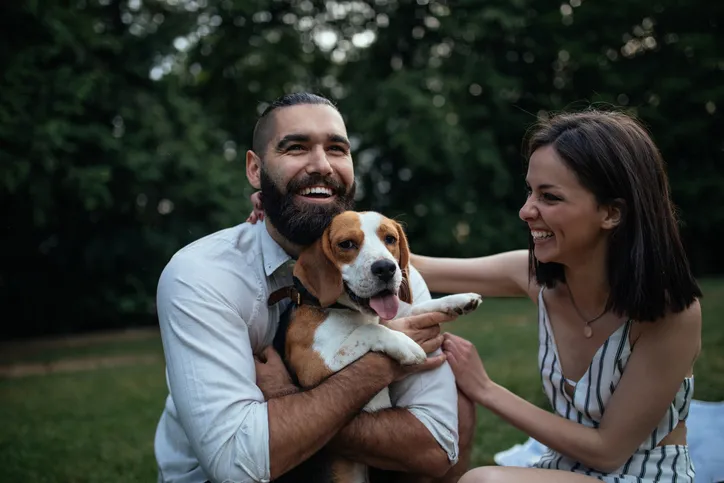
Puppies have the attention span of, well…puppies. So keep training sessions short—five or ten minutes a few times a day is perfect. End on a happy note, even if they’re not perfect yet. You want them excited to come back and try again, not stressed or worn out.
9. Handle Them Often (Gently)
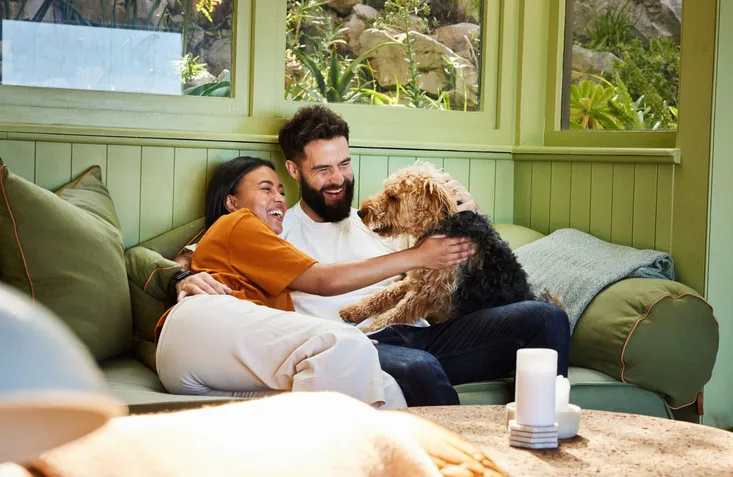
Getting your puppy used to being handled helps with everything from grooming to vet visits. Gently hold their paws, rub their ears, and open their mouth. Reward them with treats when they stay calm. The more they get used to these little touches, the more relaxed they’ll be when you need it most.
10. Teach Them What’s Okay to Bite
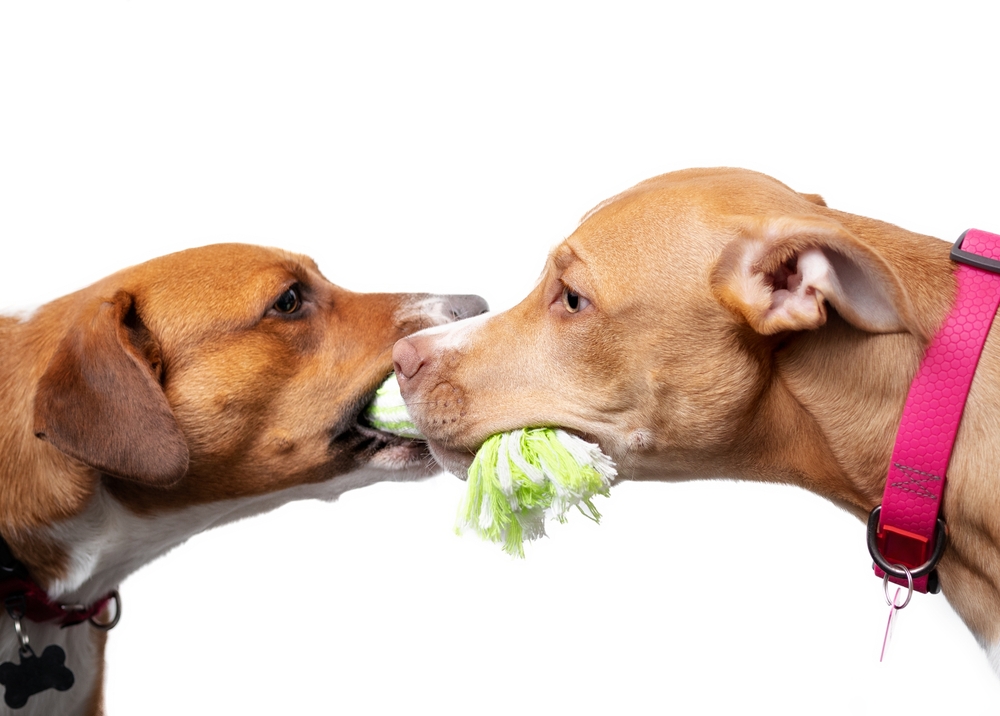
It’s natural for puppies to nip and chew on things—they’re exploring, after all. But it’s important to show them what’s okay to bite. Give them a chew toy instead when they go for your hands or clothes. Redirecting them like this teaches them that toys are fair game, while fingers and other things are not.
11. Set a Bathroom Routine
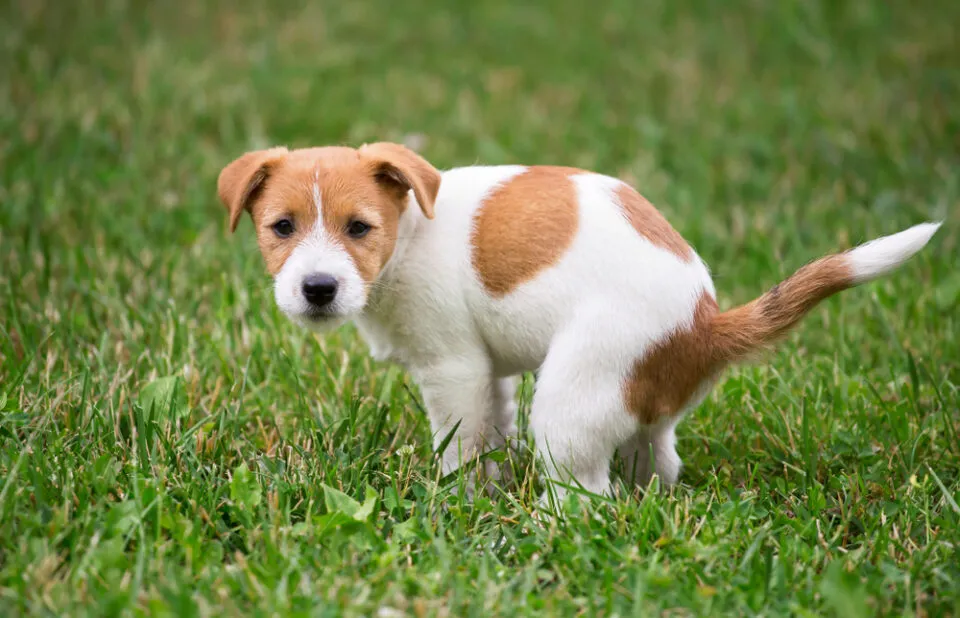
House training can be a challenge, but a routine makes it easier. Take them out after eating, playing, or napping; soon enough, they’ll get the idea when they do their business, clap, and reward their behavior. Consistency with potty breaks helps prevent accidents and sets up a routine they can rely on.
12. Reward Calm Moments
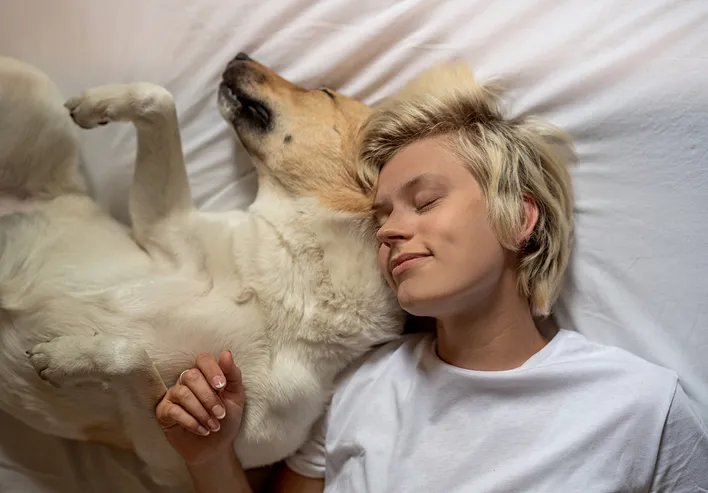
When your puppy is calm, reward them to show that relaxed behavior is good. It helps them learn that chilling out has its perks. This way, they know that being calm and quiet can be just as fun as playtime—and it’ll make future training easier, too.
13. Use Training Tools Without Going Overboard
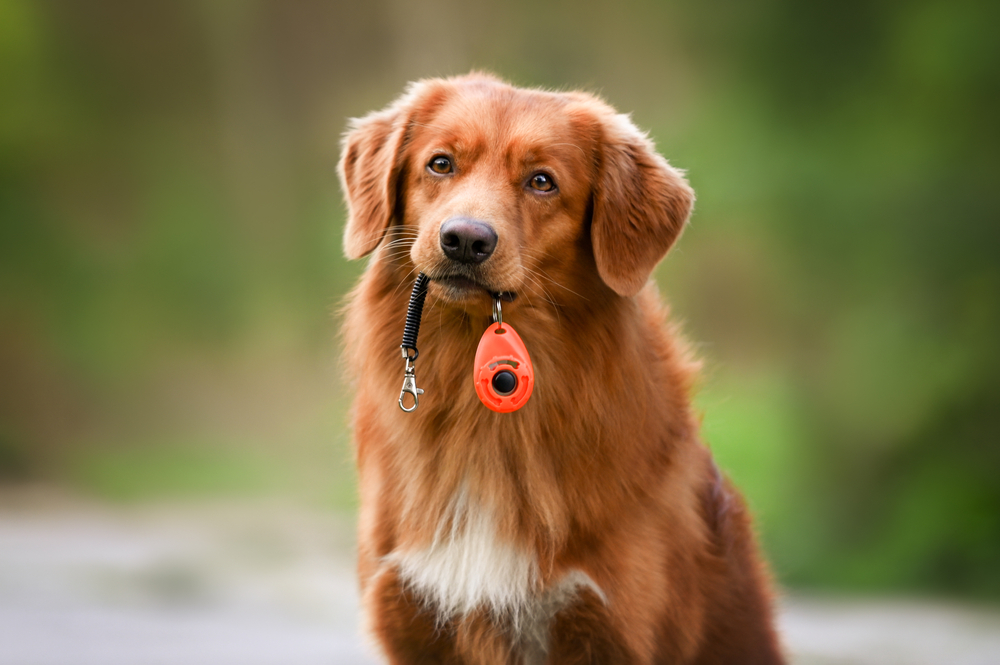
Things like clickers or treat pouches can be super helpful but don’t feel like you need every gadget out there. A clicker, for example, is a great and cheap training tool that lets you instantly reward good behavior by making it clear that they did something right. The key is to keep it simple so training feels smooth and not overwhelming for either of you.
14. Avoid Repeating Commands
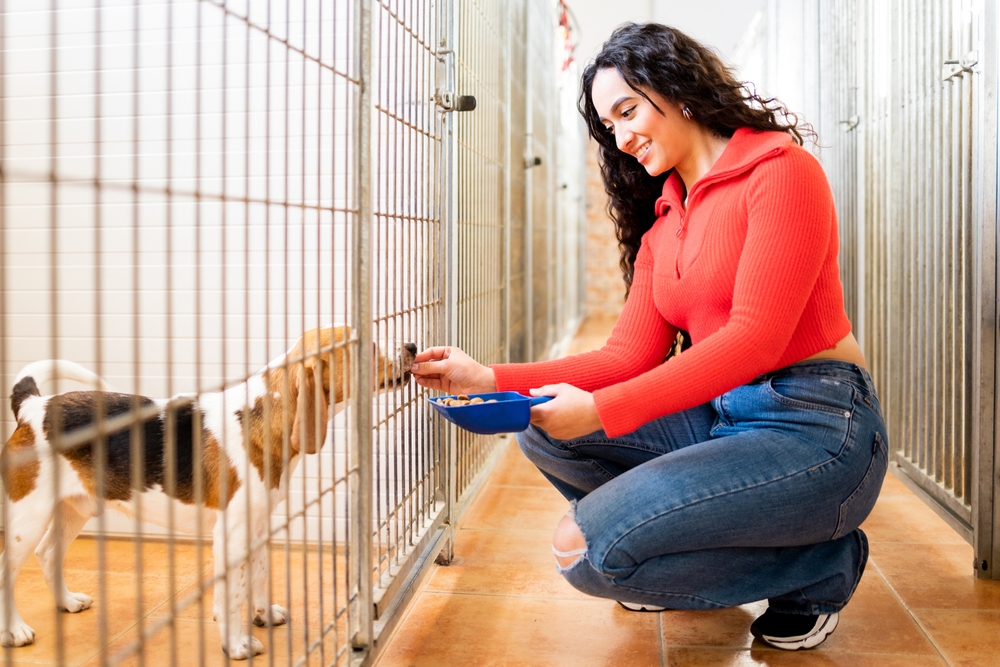
It might be tempting if they’re not listening to you, but if you say “sit” over and orepeatedlylearn to wait until the third or fourth time. Instead, say it once and guide them if they need a little help. This approach teaches them to listen the first time so that commands are simpler and easier for your pet to follow.
15. Build Their Confidence
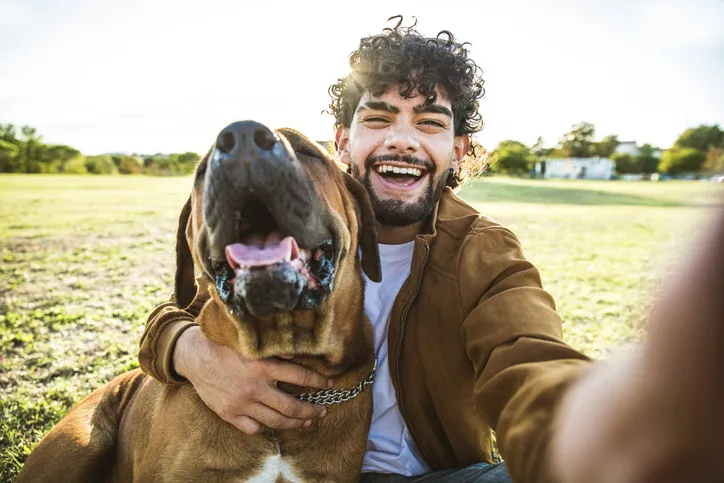
Confidence-building is huge for puppies. Gently introduce them to new situations, praise them for being brave, and give treats when they handle it calmly. This helps them become more resilient and makes them feel safer in the world. A confident puppy is a happy puppy.
